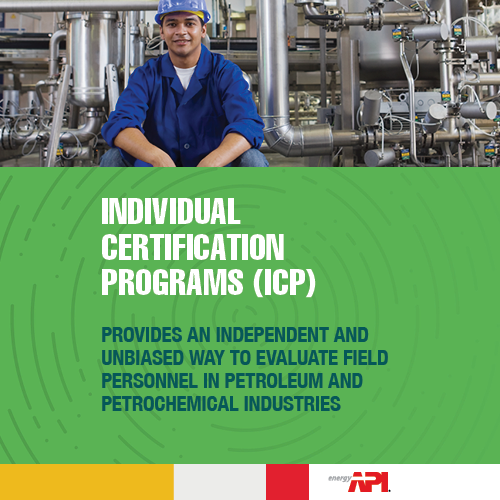Pre-Installation Testing and Qualification
There are a number of important steps that occur prior to the installation of refractory linings, each of which are summarized in the following sections.
Specifications and Execution Planning
In the very first phase of a refractory installation or repair project, the owner puts together a specification that defines the job-specific work scope. Per API 936, this specification includes the following design details:
- Lining products, thickness, method of application, and extent of coverage
- Anchor materials, geometry, layout, and weld details
- When used, details of metal fiber reinforcement including dimensions, concentration, type, and metallurgy
- Curing and dryout procedures, including constraints on dryout heating (e.g., design temperature limits and/or maximum differential temperatures that shall be maintained to avoid damaging the unit and/or components)
Based on the specification provided by the owner, the contractor then prepares a detailed execution plan that is reviewed and agreed upon by the owner. This plan is very important as it serves as the basis for all activities that are performed going forward. It should meet the requirements of API 936 as well as the owner’s specification and quality standards. Per API 936, the plan should cover details such as:
- Designation of responsible parties
- Designation of inspection hold points and the required advance notification to be given to the inspector
- Surface preparation and welding procedures
- Procedures for material qualification, material storage, applicator qualification, installation, and quality control
- Curing (including the curing compound, if any, to be used) and dryout procedures for the completed lining system
Material Qualification and Testing
Prior to applying refractories to equipment, the materials need to be sampled and tested in order to verify that they will be suitable for the application. Material testing is generally performed at a third-party laboratory or at the owner’s facility/plant and consists of testing properties such as density, cold crushing strength, permanent linear change, abrasion loss, and workability index.
We recommend reviewing Section 8 of API 936 as it provides thorough testing procedures based on a set of modified ASTM procedures.
Applicator Qualification
In addition to the need for refractory materials to be tested, the installation procedures and qualifications of the installation crew need to be reviewed. It is up to the contractor to provide confidence to the owner that the agreed-upon quality standards will be met. This means demonstrating that the right materials, installation methods, equipment, and personnel are being utilized through a simulated installation.
While there are a large number of qualification demonstration activities that need to take place during this stage, the following list provides some examples of activities that should be tested:
- Pneumatic gunning: gun operators provide test panels to demonstrate their ability to apply refractory materials using a pneumatic gun
- Casting: applicators prepare mock-ups which simulate the most difficult pieces of installation work in the project
- Thin-layer abrasion resistant refractories: applicators pack test panels for each anchoring system and refractory being installed.
- Thick-layer plastic installations: applicators pneumatically ram pack test panels for each refractory being installed.
The above list is not exhaustive. We recommend that you refer to the API 936 standard (Section 8.3) for a more complete set of qualification procedures.
















